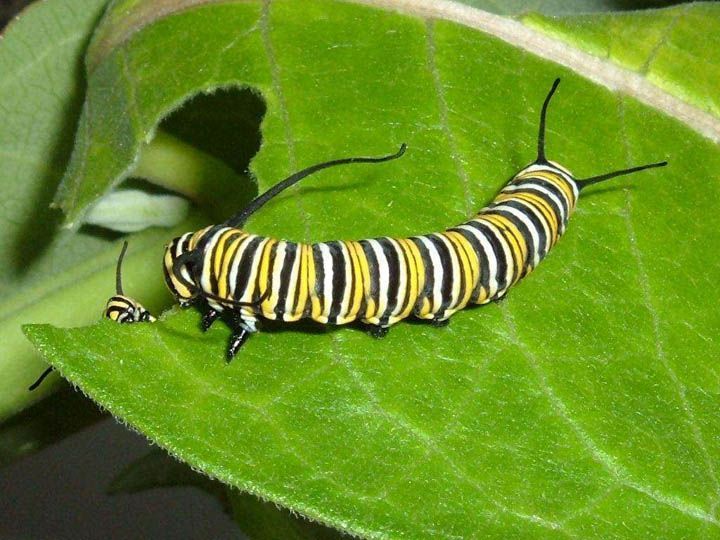Plant Kingdom
The plant kingdom is divided into five groups — the algae, liverworts and mosses, ferns, conifers and flowering plants.
Algae

Algae are very simple plants. They do not have roots, stems or leaves but they do contain the green pigment or colouring called chlorophyll, which is a characteristic of all plants.
Most species of algae are so small they can only be seen with a microscope and some scientists put them in the Protoctista kingdom.
When they occur in large numbers, they can be clearly seen and they turn pond water green, form bright green patches on tree trunks and create slime on rocks in streams.
Algae form a large part of the plankton that is found in the upper parts of seas and oceans.
Seaweeds

They have all different types of pigments, brown, red and green.
Seaweeds have a root-like holdfast to grip rocks and stop them being washed away.
Liverworts and Mosses
Liverworts are small plants that do not have true roots, stems or leaves. They grow in damp places near streams and ponds.
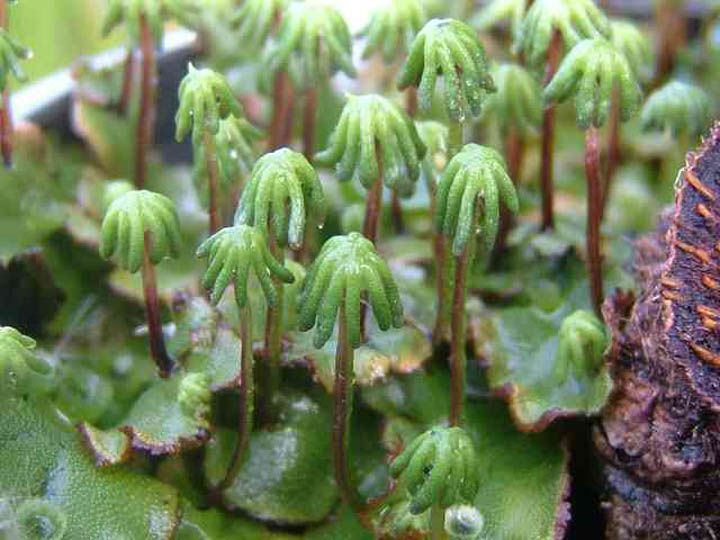
Mosses have stems and leaves but they do not have proper roots. Moss plants are usually found growing together, in many different habitats from dry walls to damp soil.
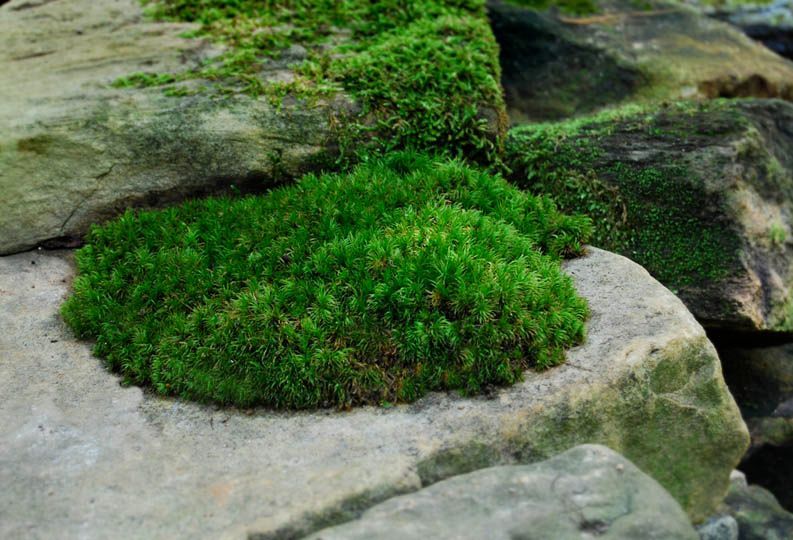
Both liverworts and mosses reproduce by producing spores. They make the spores in a capsule that is raised into the air. When the capsule opens the spores are carried away by air currents.
Ferns
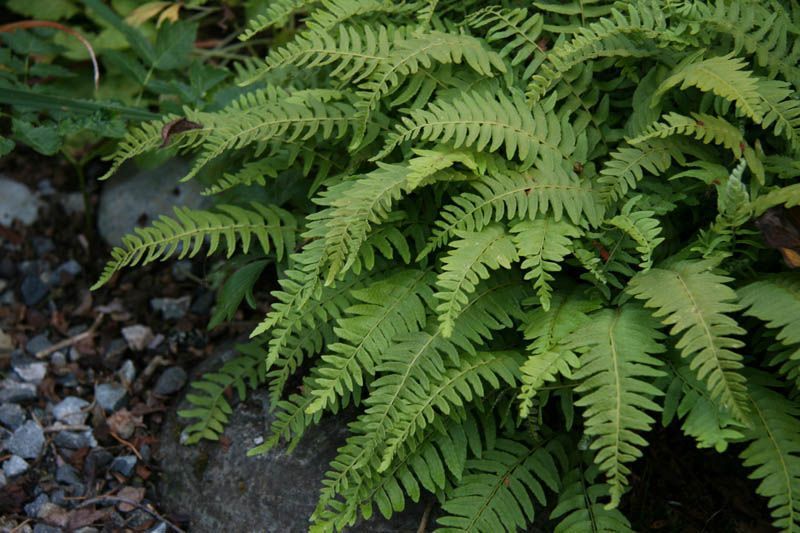
Ferns have true roots and stems and reproduce by making spores.
These are made in structures called sporangia on the underside of large feather like leaves called fronds.
When the sporangia open, spores are released into the air.
Conifers
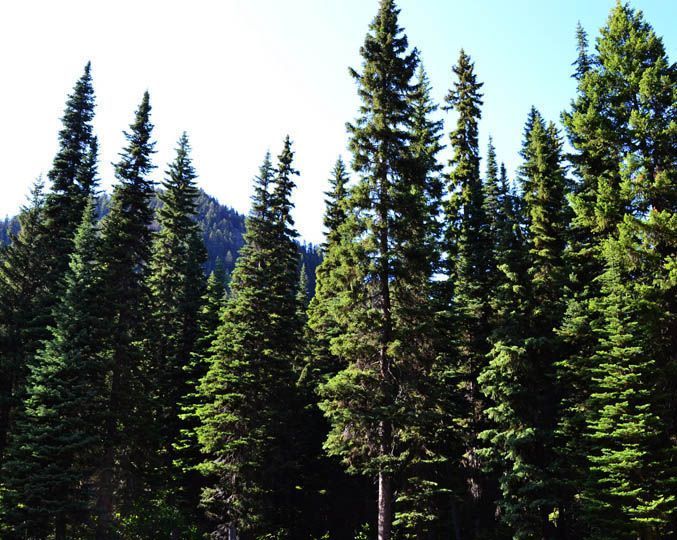
A conifer has roots, a woody stem and needle-like leaves. Most conifers lose and replace their leaves all year round, so they are called evergreen.
Almost all conifers reproduce by making seeds that develop in cones. When the seeds are ready to be dispersed the cones open and the seeds fall out.
Each seed has a wing that prevents the seed falling quickly and allows it to be blown away by the wind.
The needle-like leaves of conifers mean they are better able to survive in frozen conditions than broad-leaved trees.
Flowering Plants
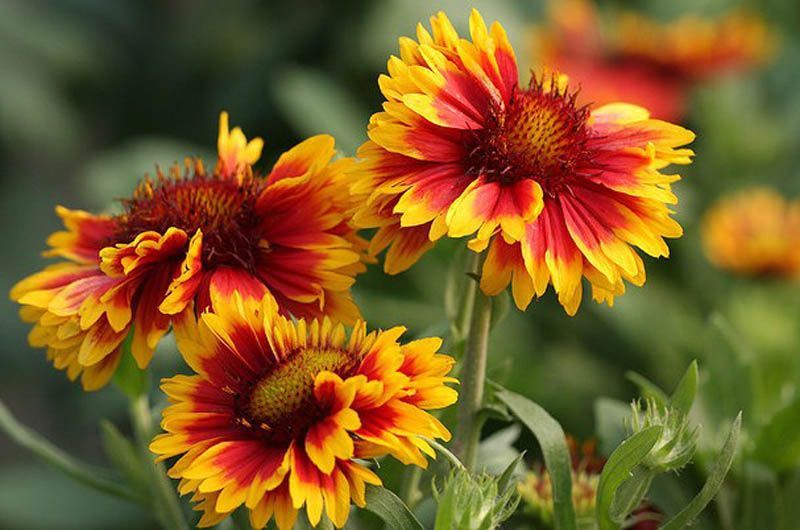
A flowering plant has a root, stem and leaves. In some plants, the stem is woody. All of these plants reproduce by flowering and making seeds.
